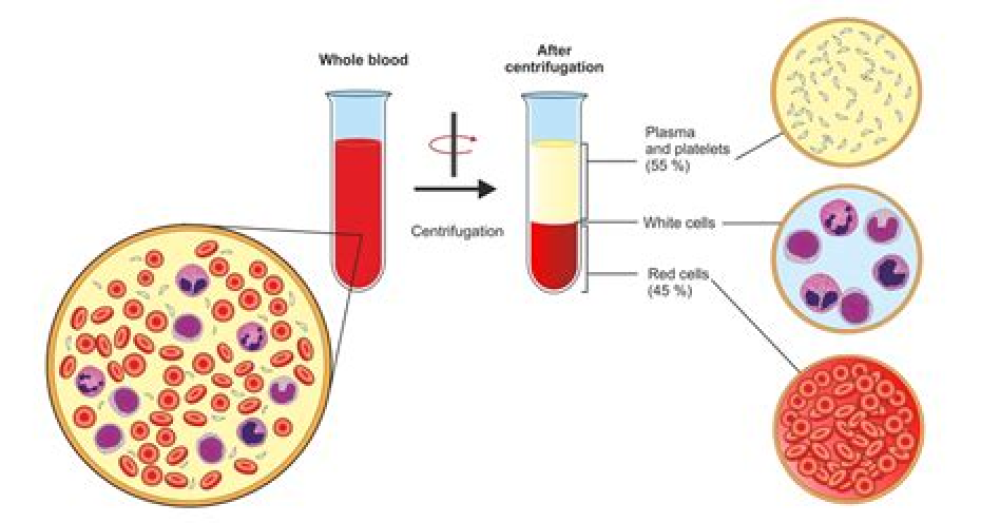Authors: Lina Ma1, View ORCID ProfileSanjaya K. Sahu1, View ORCID ProfileMarlene Cano1, Vasanthan Kuppuswamy2, Jamal Bajwa1,3, View ORCID ProfileJa’Nia McPhatter1,4
Complement activation has been implicated in the pathogenesis of severe SARS-CoV-2 infection. However, it remains to be determined whether increased complement activation is a broad indicator of critical illness (and thus, no different in COVID-19). It is also unclear which pathways are contributing to complement activation in COVID-19 and whether it is associated with certain features of COVID-19, such as endothelial injury and hypercoagulability. Hence, we investigated complement activation in the plasma from patients with COVID-19 prospectively enrolled at two tertiary care centers: Washington University School of Medicine (n = 134) and Yale School of Medicine (n = 49). We compared our patients with two non-COVID cohorts: (i) patients hospitalized with influenza (n = 54) and (ii) patients admitted to the intensive care unit (ICU) with acute respiratory failure requiring invasive mechanical ventilation (IMV; n = 22). We demonstrate that circulating markers of complement activation are elevated in patients with COVID-19 compared with those with influenza and to patients with non–COVID-19 respiratory failure. Furthermore, the results facilitate distinguishing those who are at higher risk of worse outcomes such as requiring ICU admission or IMV. Moreover, the results indicate that enhanced activation of the alternative pathway is most prevalent in patients with severe COVID-19 and is associated with markers of endothelial injury (i.e., angiopoietin-2) and hypercoagulability (i.e., thrombomodulin and von Willebrand factor). Our findings identify complement activation to be a distinctive feature of COVID-19 and provide specific targets that may be used for risk prognostication, drug discovery, and personalized clinical trials.
For More Information: https://immunology.sciencemag.org/content/6/59/eabh2259.full
